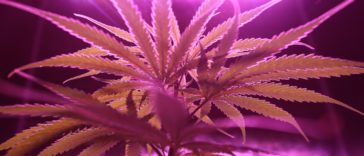This website is informational and cannot diagnose or treat illness or disease. Medical marijuana should be used under the direction of a licensed healthcare provider. This site contains advertisements. If you click a link and make a purchase, MarijuanaMommy.com may receive a commission.
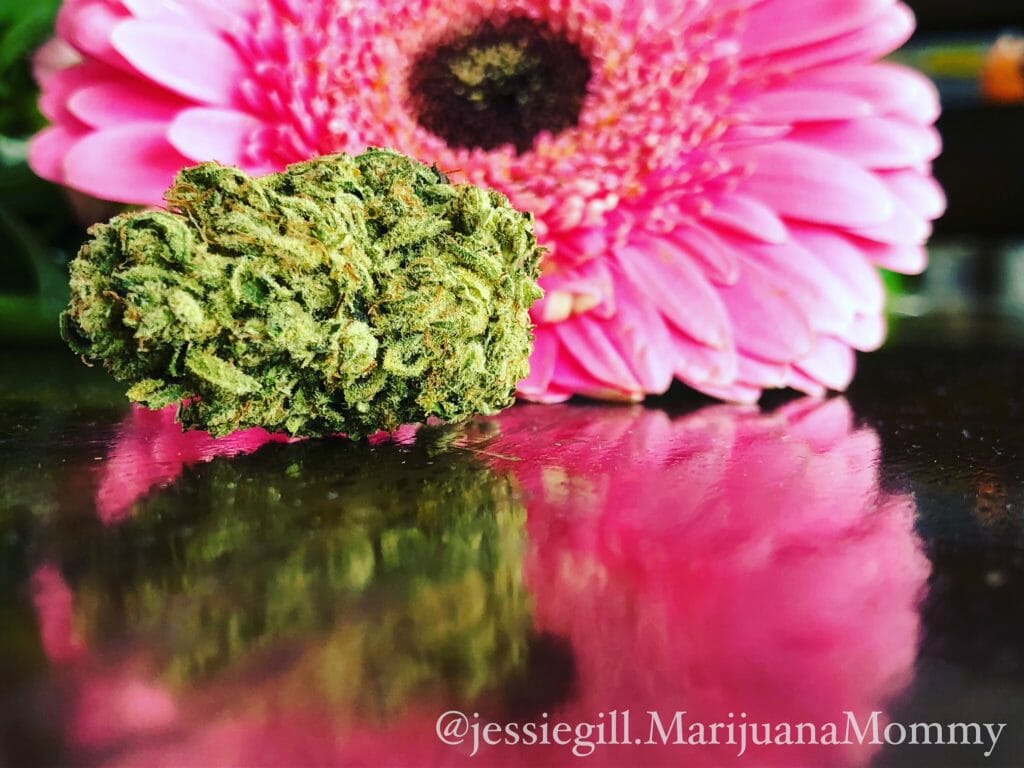
Different Strains, or Cultivars, of Marijuana Produce Different Physical & Mental Effects
When I first became a cannabis patient, the thing that surprised me most is there are many different cultivars (commonly called strains) of marijuana. And each cultivar of cannabis can cause different mental and physical reactions. The words chemovar, cultivar, and strain are often used interchangeably.
Each cannabis variety will make you feel a little bit different.
There are types of cannabis that will make you feel stoned and varieties that will help you fall asleep. There are cultivars that will make you feel invigorated and lifted, and there are other cultivars of cannabis that don’t even make you feel high but just relieve inflammation silently.
More: How long will I feel high when I use cannabis?
There Are Thousands of Cultivars of Cannabis (we think)
Experts believe there are THOUSANDS of different cultivars of cannabis. Each of these plant varieties produces a slightly different medication, which varies in chemical composition.
Different chemovars have different medical effects. This means that all cultivars do not treat the same symptoms. The chemovars that best treat chronic pain might be quite different than the chevmovars that relieve migraines.
These are my favorite CBD Products.
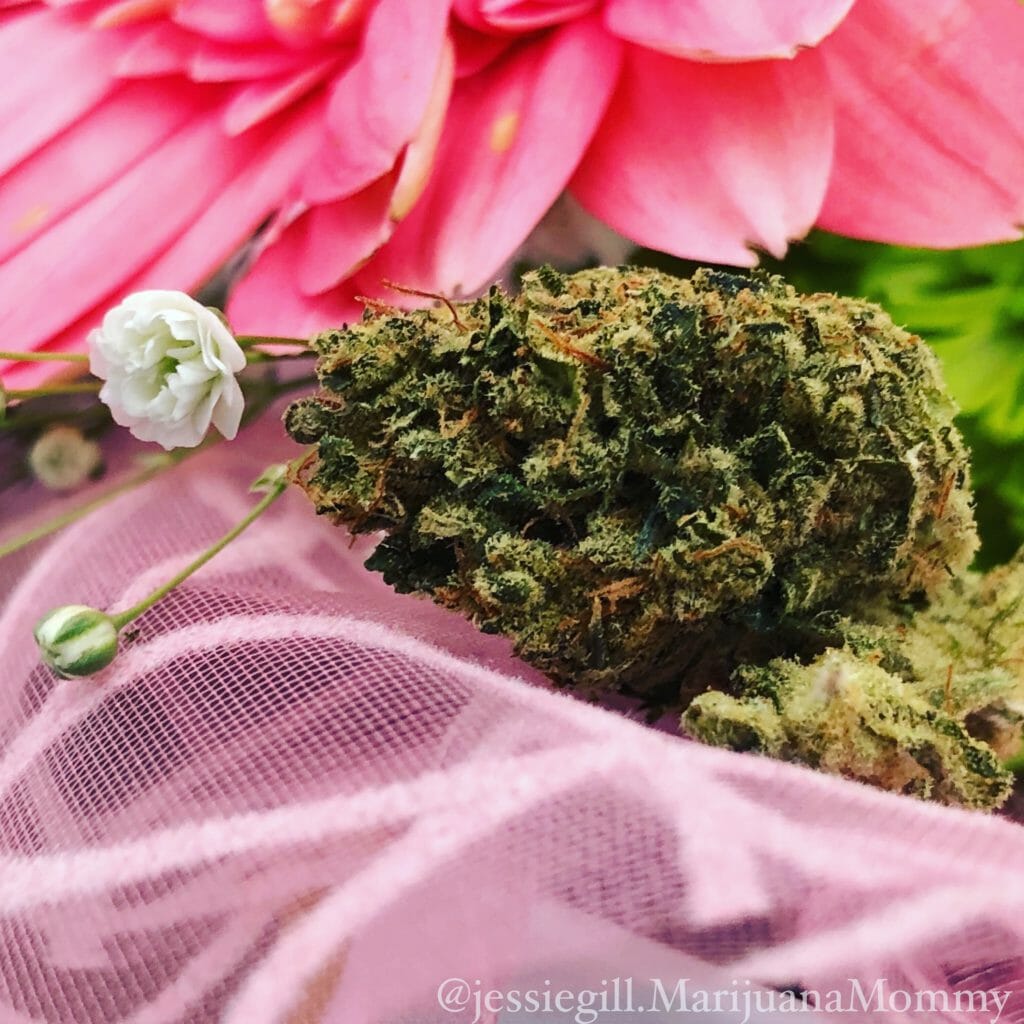
How Many Strains of Marijuana Are There?
There are 2437 entries currently in Leafly’s strain database, but to be honest, no one really knows for sure how many cultivars of cannabis actually exist.
The problem is there’s no official nomenclature, or way of naming cultivars/strains. What we call Lemon Haze in NJ, might be called Citrus Haze in LA.
Different Cultivars Contain Different Chemical Components
Different Cultivars of cannabis contain different ratios of major cannabinoids, minor cannabinoids, and terpenes. When discussing a consumable cannabis product and it’s chemical profile, the proper term is “chemovar”.
Different Cultivars of Marijuana Cause Different Physical Effects
- Each individual chemovar of cannabis can produce very different physical, mental, and emotional reaction.
Individual Reactions To Chemovars Vary As Well
- The effects of a specific chemovar can vary from person to person. How one chemovar affects me, could be quite different than how it affects you. Cannabis as a medicine is very individualized and finding the ideal chemovar requires patience.
Different Types of Cannabis Have Different Chemical Makeups
To understand why the effects of chemovars vary so much, you need to understand the basic chemistry of cannabis.
Cannabis is an organic material made up of more than 400 different molecular compounds. Like most plants, marijuana contains polyphenols, proteins, esters, etc. In addition, cannabis also contains cannabinoids, like THC and CBD, these are the most active components in cannabis.
Watch as I chat with Brad Bogus about why every chemovar is so different:
First, God Made Sativas & Indicas, Then Humans Developed Hybrids
At one time, cannabis cultivars could be broken into two distinct categories: indicas & sativas.
Historically, indicas resulted in a more sedative body high, while sativas tended to be more invigorating and offer a cerebral or head high.
Cannabis horticultural programs paved the way for thousands of different hybrids. These hybrids are a genetic combination of sativas and indicas and possess different properties of both.
Today, it’s rare to find a true indica or a true sativa. We most often see indica-dominant or sativa-dominant cultivars.
Each chemovar has a very different chemical makeup that results in a different type of medicine and exerts different physiological effects.
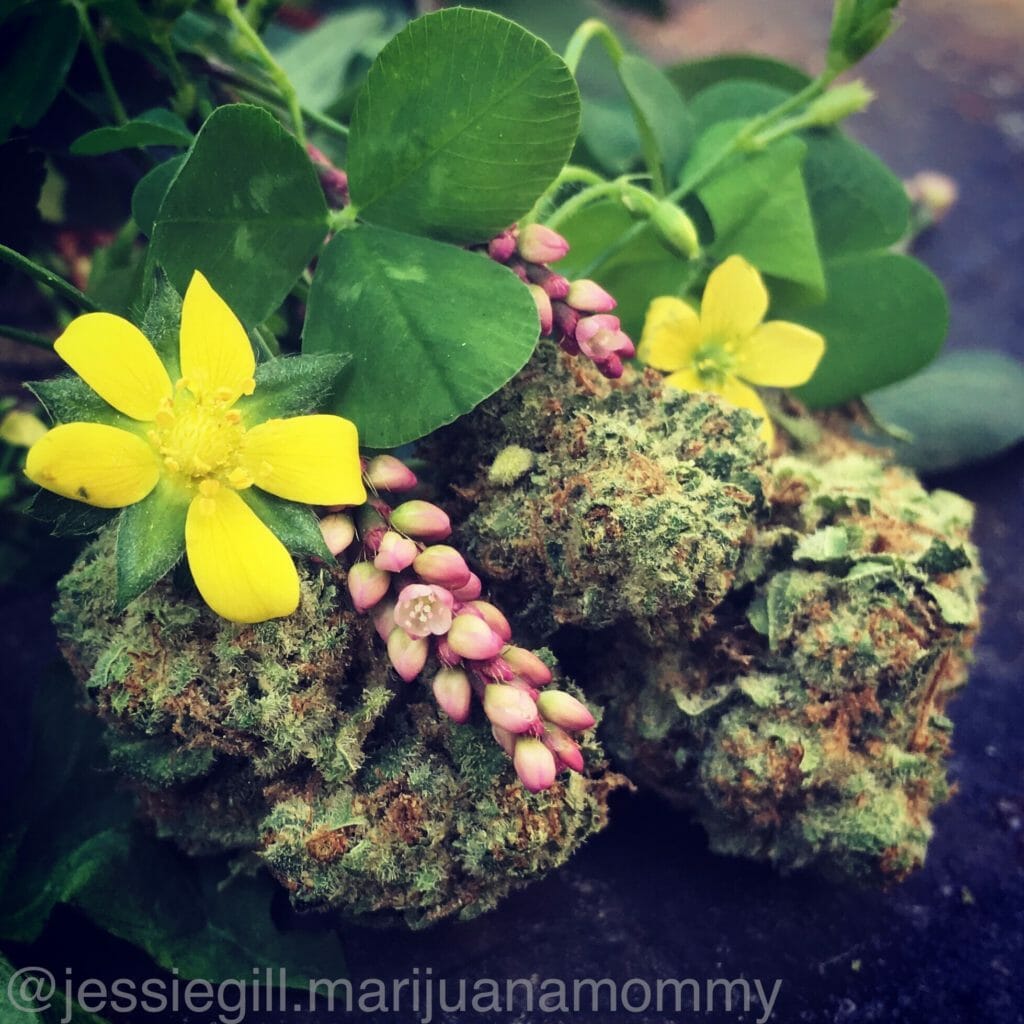
Different Cultivars Contain Different Percentages of Cannabinoids
What’s a Cannabinoid?
A cannabinoid is the most active component in cannabis. THC was the first discovered and is the most well-known cannabinoid. THC is responsible for the intoxicating effects, or high-feeling that is commonly associated with using marijuana.
However, THC is not the only cannabinoid. Over 83 (Some sources say 113) different cannabinoids have been identified.
THC and CBD are the most commonly known cannabinoids. Others include CBG, CBN, CBC, and more.
Each of these cannabinoids exerts slightly different physiological effects.
To complicate things further, cannabinoids also impact the behavior of other cannabinoids. Plus, they interact with terpenes too. These are the reasons different chemovars cause different physiological reactions.
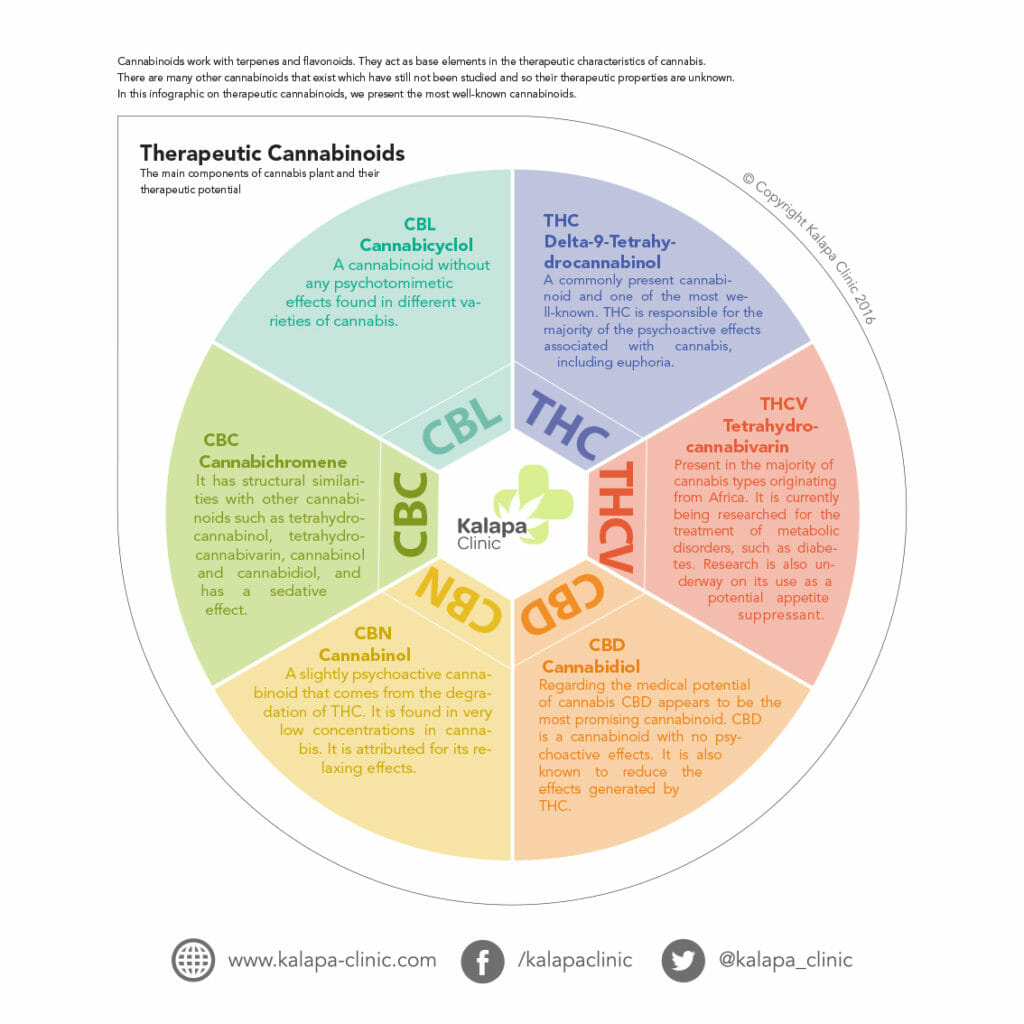
Different Cultivars of Cannabis Also Contain Different Terpenes
What’s a Terpene?
Terpenes are the chemical components that are responsible for the smells and taste of the cultivar. Around 200 terpenes have been identified in cannabis.
For example, if a chemovar is high in limonene, expect a lemony scent. If it’s high in pinene, you’ll get the sweet sharp smell of pine trees.
Terpenes are not only responsible for smells and tastes, but they also have a medicinal effect.
The terpenes in cannabis are the same terpenes that make up other plant-based essential oils. These terpenes are the components that lend all essential oils their therapeutic properties.
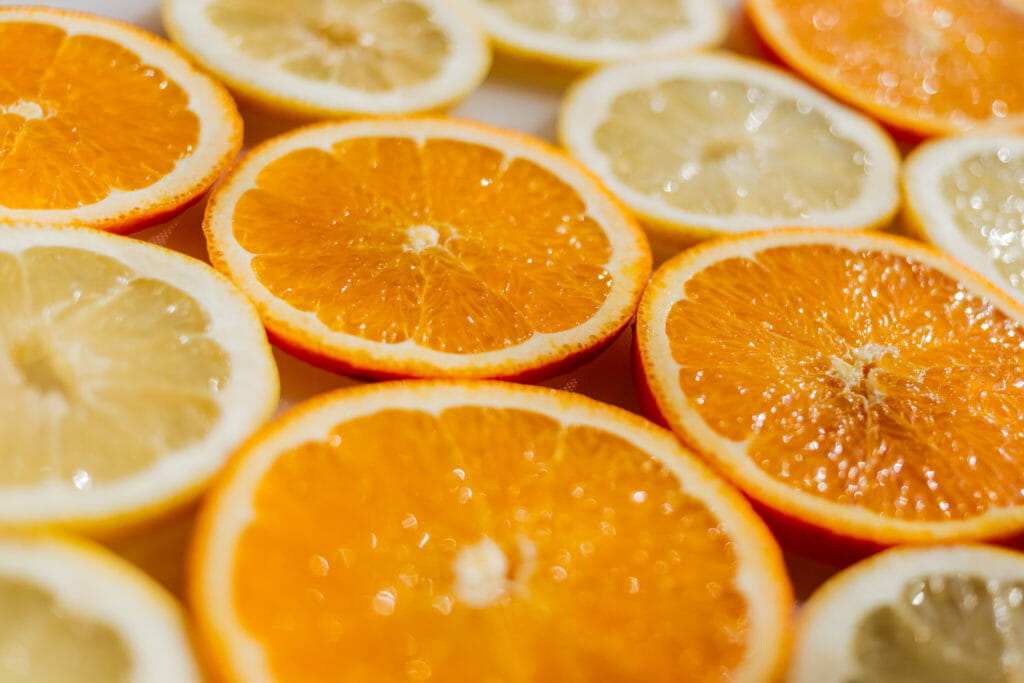
Entourage Effect
Not only do cannabinoids and terpenes produce different effects individually, but they also interact with each other to produce what’s called the entourage effect.
Responses to Chemovars are Individualized
Varying chemical components can cause varied reactions so responses to specific cultivars
are very individualized.
One chemovar might relieve someone’s anxiety while making another feel paranoid. There are a few reasons for this.
- People have different tolerances.
Tolerance to cannabis builds fairly quickly. A brand new cannabis user has a low tolerance to cannabinoids. They will have a much stronger reaction to a small dose of cannabis, compared to a consistent user who has a high tolerance.
- Cannabinoid metabolism differs from person to person.
Cannabis is processed by the metabolic pathway CYP450. The versions and availability of these metabolic pathways differ genetically.
More: Cannabis Interacts With Some Medications Becuase of CYP450
- People have different numbers of cannabinoid receptors.
The endocannabinoid system has receptors all over the body. These receptors receive the cannabinoids. The prevalence of these receptors can differ from person to person.
Conclusion: There’s a Kind of Cannabis Suitable for (Almost) Everyone
Almost everyone can find a type of cannabis that’s ideal for them. Maybe it’s a low-THC version like Harlequin, or perhaps it’s a high-THC cultivar like Nigerian Haze. It just takes a little bit of patience to find the perfect chemovar.
Sometimes, there’s only one specific cultivar that relieves a patient’s symptoms. Sadly, patients can’t always access it, this is of the many reasons we need nationwide cannabis legalization, and laws allowing patients to grow their own medications.
If you’re a new user, always should start with a low dose and gradually build your tolerance.Trending Now



